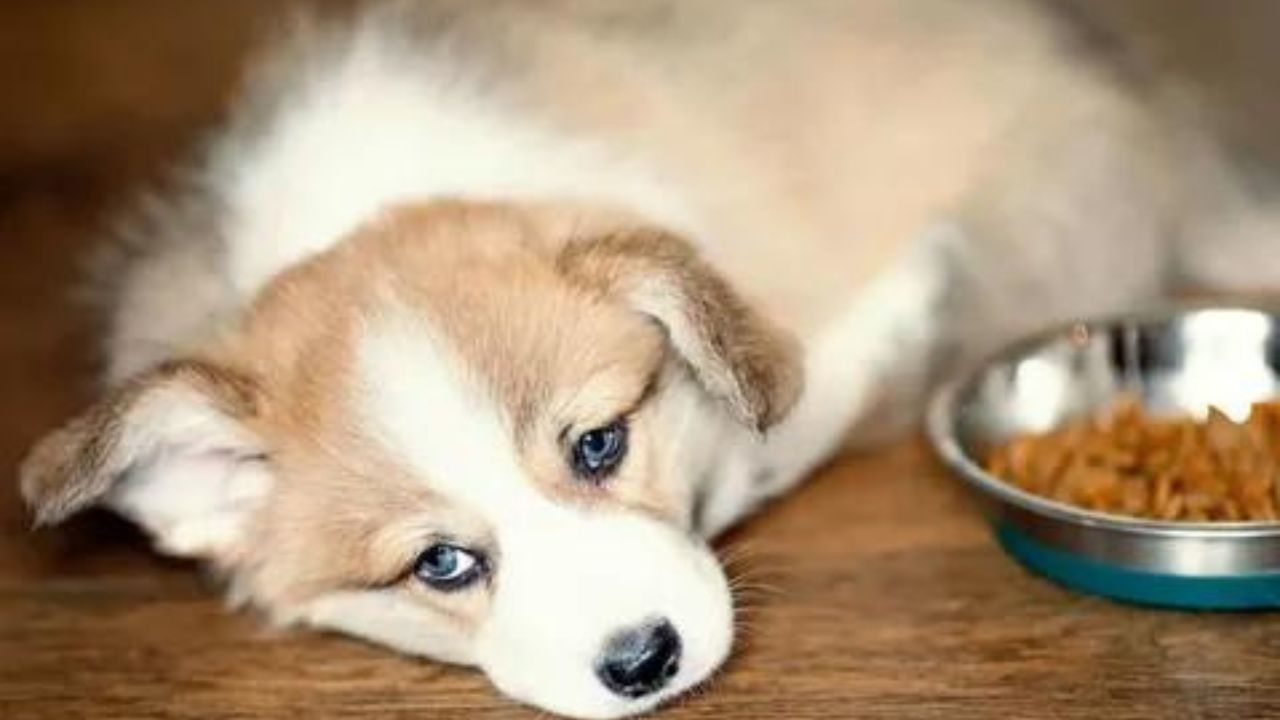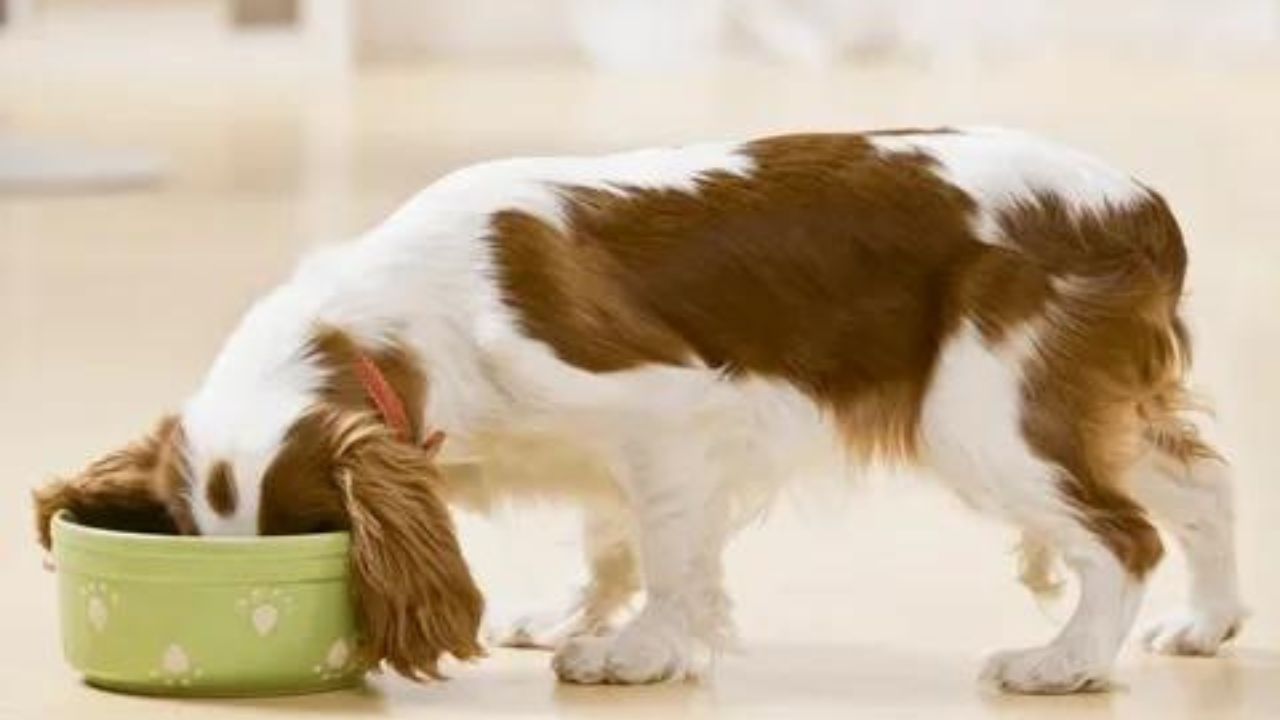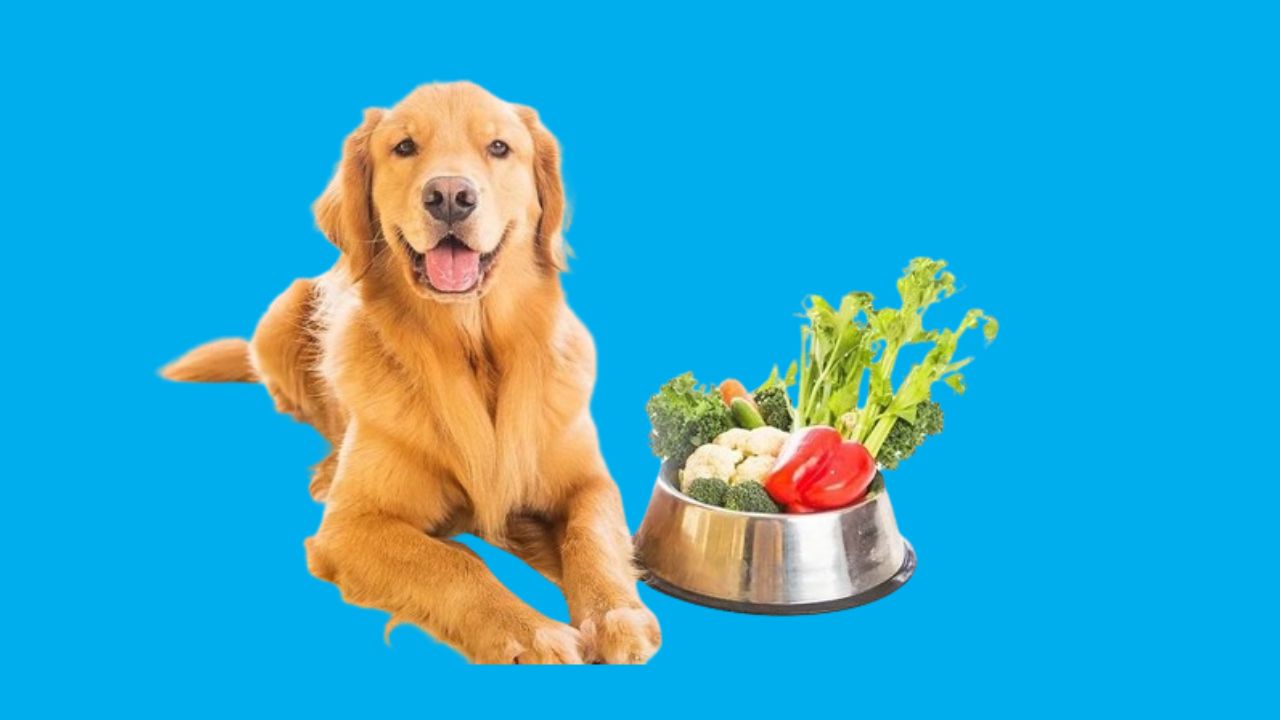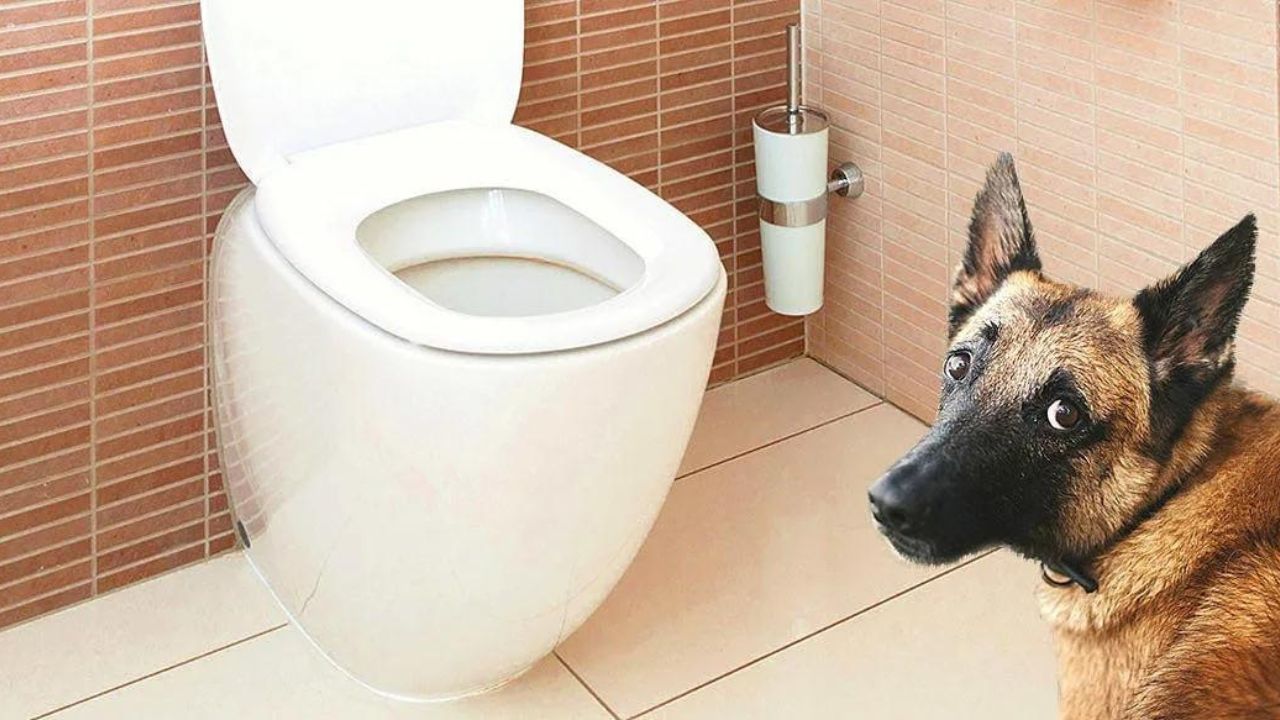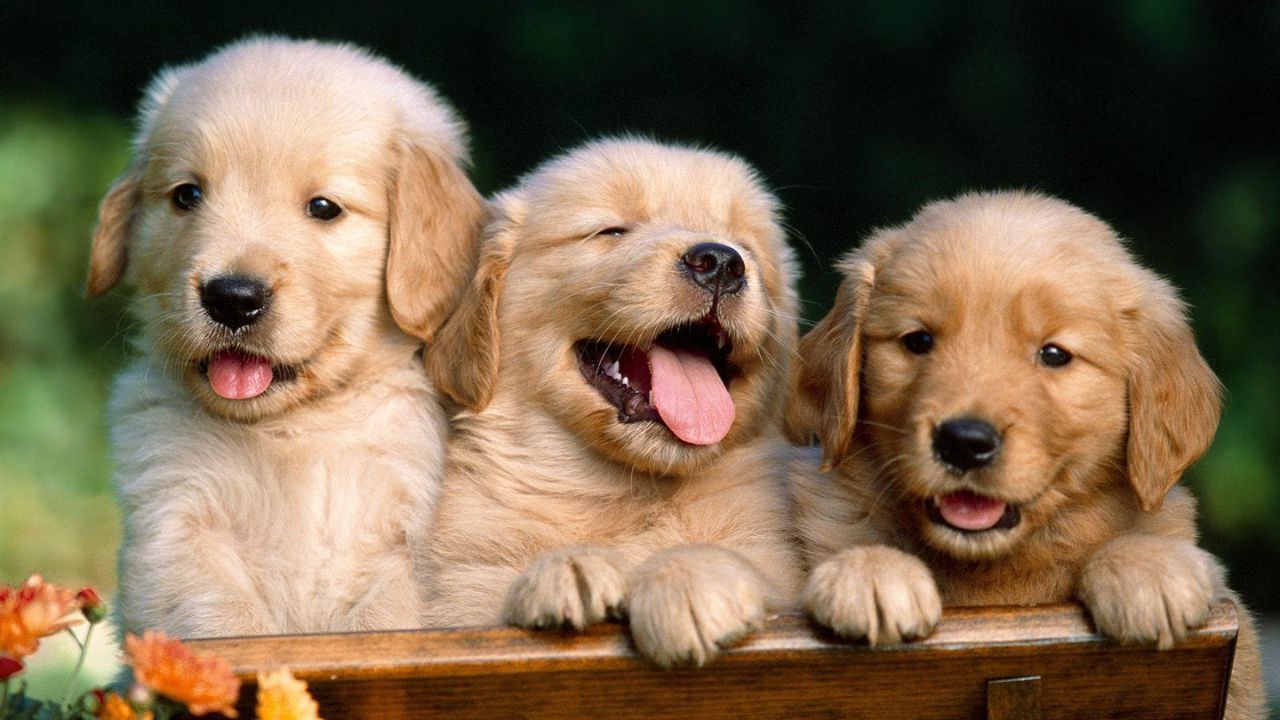
Welcome to this article on stopping food aggression in puppies. Food aggression in puppies is a common behavior that can be concerning for many pet owners. It is important to address this behavior early on to prevent it from developing into a serious problem in the future. We will discuss the causes of food aggression, the signs to look out for, and the steps you can take to stop food aggression in puppies. We will also provide additional tips to help you effectively address this behavior.
What Is Food Aggression?
Food aggression, or resource guarding, is when a dog becomes possessive over its food or treats. This behavior can be directed towards other dogs, humans, or objects. Dogs may show signs of food aggression when they perceive a threat to their food or feel that their food is being taken away. This behavior can manifest as growling, snarling, biting, or attacking. Food aggression in puppies is a common problem, but it is important to address it early to help keep it from becoming a more serious problem.
Causes
There are several reasons why puppies may display food aggression. Here are some common causes:
Genetics: Some dog breeds are predisposed to being more possessive over their resources.
History of food scarcity: Puppies that have experienced food scarcity in the past may become more possessive over their food.
Lack of socialization: Puppies not exposed to different people, animals, and environments may become more fearful and possessive.
Fear or anxiety: Puppies may become possessive over their food if they feel threatened or anxious.
Reinforcement of the behavior: Owners may unintentionally reinforce food aggression by giving in to their puppy’s demands or rewarding the behavior.
Medical conditions: In some cases, food aggression may be caused by an underlying medical condition. It is important to rule out any medical issues by consulting a veterinarian.
Identifying the underlying cause of food aggression in your puppy is important to address the behavior effectively.
Signs Of Aggression
It’s critical to detect the symptoms of food aggression in puppies. Here are some common signs:
- Growling or snarling while eating or when approached near their food bowl.
- Biting or attacking when someone tries to touch or take away their food.
- Gulping food down quickly and aggressively.
- Guarding their food or treats by hovering over it, growling or snapping when others approach.
- Showing signs of fear or anxiety, such as cowering or backing away when approached near their food.
- Refusing to eat in the presence of other people or animals.
If your puppy displays any of these signs, it is important to address the behaviour assist prevent it from developing into a more serious issue.
Steps to Stop Food Aggression In Puppies
Here are some specific steps you can take to stop food aggression in your puppy:
Assess your puppy’s behavior: Observe your puppy’s behavior around their food and determine the severity of their food aggression. If your puppy’s behavior is severe or dangerous, seek help from a professional trainer or behaviorist.
Make feeding time consistent: Establish a consistent feeding routine for your puppy. Feed your puppy at the same time and location every day.
Feed your puppy separately: If you have other dogs, feed them separately to avoid competition for food. This can help reduce the likelihood of food aggression.
Start training early: Train your puppy to sit and wait before being fed. This can help establish you as the pack leader and prevent food aggression.
Hand-feed your puppy: Try hand-feeding your puppy instead of using a food bowl. This can help establish a positive relationship between you and your puppy and prevent food aggression.
Use positive reinforcement: Reward your puppy for calm and non-aggressive behavior around their food. Use treats or verbal praise to reinforce positive behavior.
Teach your puppy to drop it: Teach your puppy to drop their food or treats on command. This can help prevent food aggression and decrease the possibility of choking or other health issues.
Provide mental and physical stimulation: Provide your puppy with plenty of exercises and mental stimulation to prevent boredom and reduce stress, which can contribute to food aggression.
Stopping food aggression in puppies requires patience, consistency, and positive reinforcement. With time and effort, you can help your puppy overcome food aggression and establish a positive relationship with food.
Additional Tips For Addressing Food Aggression In Puppies
Here are some additional tips to consider when addressing food aggression in puppies:
Seek professional help: If your puppy’s food aggression is severe or persists despite your efforts, consider seeking help from a professional trainer or behaviorist. They can provide additional guidance and support to help address the behavior.
Avoid free-feeding: Free-feeding, or leaving food out all day for your puppy to graze on, can contribute to food aggression. Stick to a consistent feeding schedule to help prevent this behavior.
Use a muzzle: Consider using a muzzle during training sessions to prevent your puppy from biting or snapping. A muzzle can also help your puppy feel comfortable and relaxed during training.
Avoid punishment: Punishing your puppy for food aggression can worsen the behavior. Instead, use positive reinforcement to encourage good behavior.
Be patient: Addressing food aggression in puppies can take time and patience. Stay consistent with your training and reward good behavior for helping your puppy overcome its food aggression.
Remember, addressing food aggression in puppies is important to responsible pet ownership. With the appropriate instruction and persistence, you can help your puppy develop a positive relationship with food and reduce the risk of dangerous behavior.
When To Seek Professional Help
It is important to seek professional help if your puppy’s food aggression is severe or persists despite your efforts. These are some signs that indicate it’s time to seek professional help:
Your puppy’s food aggression is causing injury: If your puppy’s food aggression is causing injury to you or other pets in your household, seek professional help immediately.
Increased food aggressiveness in your puppy: If it gets worse or happens more frequently, it’s time to seek help from a professional trainer or behaviorist.
Their food aggression impacts the quality of life of your puppy: If your puppy’s food aggression prevents them from eating or causing them to feel anxious or stressed, it’s important to seek help to address the behavior.
You feel overwhelmed or unsure about how to address the behavior: If you feel overwhelmed or unsure how to address your puppy’s food aggression, seek help from a professional. A trainer or behaviorist can provide additional guidance and support to help you address the behavior and establish a positive relationship with your puppy.
Addressing food aggression in puppies can be challenging, but seeking professional help can make all the difference. If you require assistance, feel free to ask for it.
Can You Teach A Dog Not To Be Aggressive?
Training aggression out of a dog is sometimes possible, but it depends on the severity and underlying cause of the aggression. Mild cases of aggression may respond well to training, while more severe cases may require training, management, and medication.
It’s important to note that various factors, including fear, anxiety, lack of socialization, genetics, and medical conditions, can cause dog aggression. Addressing the underlying cause of the aggression is crucial to successful training.
Training methods for aggression can vary depending on the type and severity of the behavior. Positive reinforcement training, which rewards good behavior with treats or praise, is often effective for mild aggression cases. In more severe cases, a professional trainer or behaviorist may recommend a more structured approach, such as desensitization and counter-conditioning.
Working with a professional trainer or behaviorist is important when addressing dog aggression. Attempting to train aggression alone can be dangerous and may worsen the behavior. A professional can provide guidance and support to help you address the behavior and establish a positive relationship with your dog.
Conclusion
Food aggression in puppies is a common behavior problem that can be addressed with patience, consistency, and positive reinforcement training. Signs of food aggression include growling, snarling, and snapping when approached during mealtime.
To stop food aggression in puppies, it’s important to establish a consistent feeding routine, use positive reinforcement training to reward good behavior, and avoid punishing your puppy for its behavior. Seek professional help if the aggression is severe or persists despite your efforts. With the right training and patience, it’s possible to help your puppy develop a positive relationship with food and reduce the risk of dangerous behavior.
FAQ
Can Aggressive Puppies Be Trained?
Training Aggressive Dogs: Yes, It’s Possible. Seek Professional Guidance for Addressing Aggression Towards Owners or Other Dogs.
What Is The Dog Calming Code?
The Dog Calming Code teaches new and veteran dog owners how to communicate with dogs, connect with dogs, and create an ideal relationship that makes training easier.
What Is The Best Way To Treat Aggression In Dogs?
Safest Approach to Treating Dog Aggression: Behavior Modification with Professional Guidance. Reward-Based Methods, Including Praise, Treats, and Toys, Can Enhance Effectiveness.
How Do You Punish A Dog For Food Aggression?
Addressing Food Aggression in Dogs: Avoid Punishment, Opt for Force-Free Methods to Reduce Stress and Fear.
How Do I Stop My Puppy From Being Aggressive To Food?
Preventing Food Aggression in Dogs: 6 Effective Tips
- Stay Present: Remain in the Room During Feeding Times.
- Engage: Stand Near Your Dog and Offer Verbal Interaction While Eating.
- Treat Training: Practice Positive Reinforcement with Treats During Meals.
- Hand-Feeding: Try Hand-Feeding as a Method of Building Trust.
- Bowl Interaction: Touch Your Dog’s Bowl Gently Without Disrupting Her Meal.
- Consistency: Implement These Techniques Consistently to Foster Positive Behavior Around Food.

